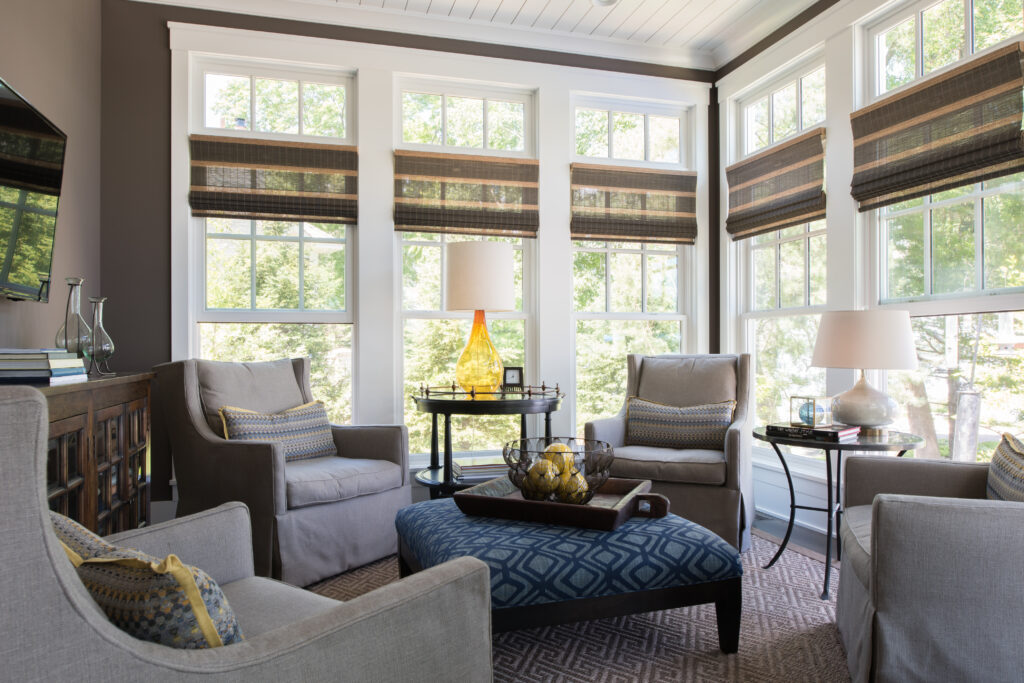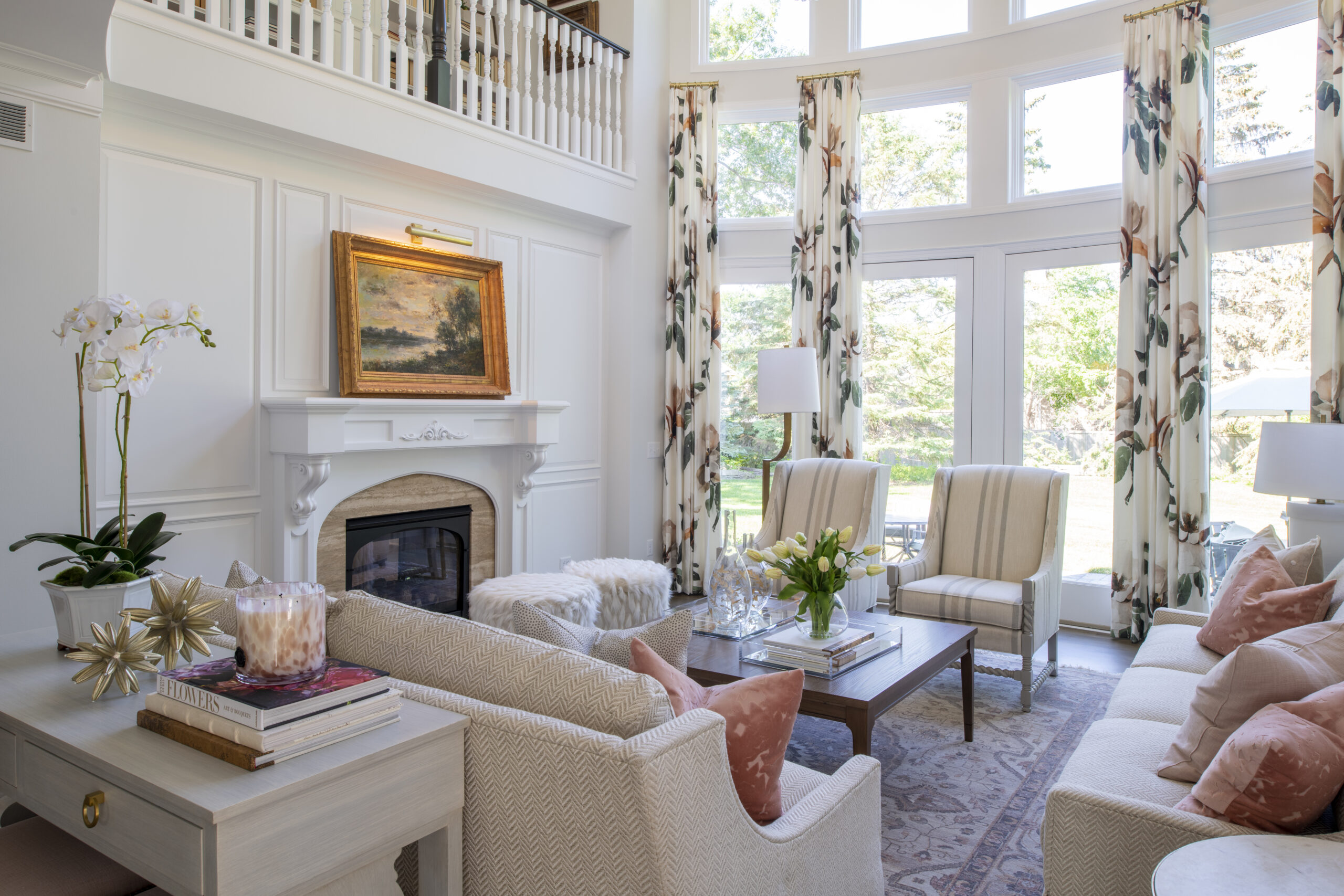
7 Tips for Selecting Window Coverings
Delve into the expert advice of local design professionals as they share their insights on choosing the perfect window coverings for your remodeled home.
How you decorate a space after a remodel is just as important as the remodel itself. Torn-down walls may open up a floor plan and freshly painted cabinets can brighten a kitchen, but it’s the finishing décor elements, like window coverings, that bring a room to life and infuse the homeowner’s personality.
“Windows play a central role in décor,”ˑ says Daniel Sogin of Gotcha Covered. “Whether it’s the living room or the family room, windows are the centrality of a room. You see the glass and see the light coming in, and now your next question is, what are you going to put on the windows to address the functionality or the décor to fit the room?”
From curtains and shades to blinds and shutters, there are countless options to fit your needs, style, and budget. Here, Sogin and other Twin Cities design experts offer their tips for choosing window coverings for your newly remodeled home.
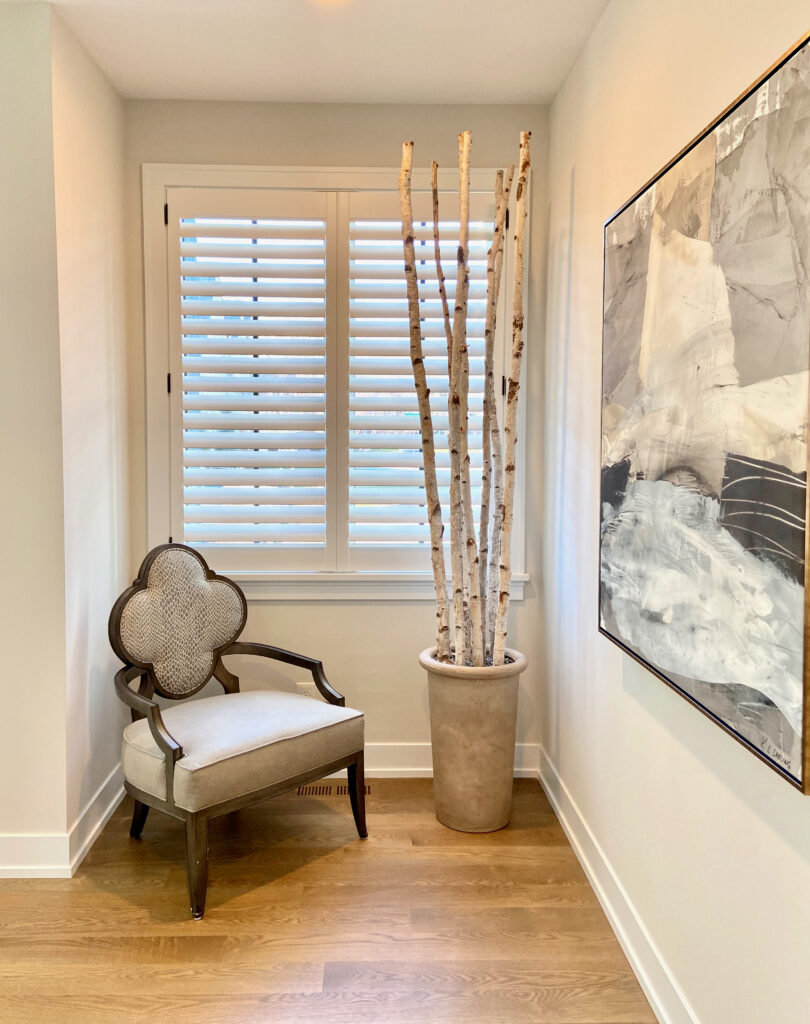
Plan Ahead
Window coverings shouldn’t be an afterthought once construction wraps on your remodeling project. “You should consider your window coverings as you’re making your remodeling plans for two reasons: One, you might run out of money if you don’t budget for custom window treatments. The other reason is so you can get that coordination and cohesiveness with the design of the
rest of your home,” says Kathy Raph of Gotcha Covered.
If your remodel will take your walls down to the studs, involving a design consultant in the planning process also gives you the opportunity to install wiring for motorized shades and helps mitigate window-covering challenges you might face if you choose specialty-shaped windows.
Consider Your Needs First
While you want to love the look of your window coverings, they also need to meet your needs. “Before you even start to get into the discussion of aesthetics, it’s really important to know what the purpose of the product is so that we can guide the customer to the appropriate products,” says Chris Kartschoke of Gotcha Covered.
For example, if you have new flooring you want to keep from fading, you might want UV-protection shades. Room-darkening curtains can help young kids sleep, while motorized shades are ideal for elderly people who plan to age in place. In the Midwest in particular, cellular or honeycomb shades keep rooms comfortable during cold winters and hot summers. “Form follows function,” adds Gotcha Covered’s Gressa Schroeder. “Form, meaning the aesthetics, comes after the function of the product.”
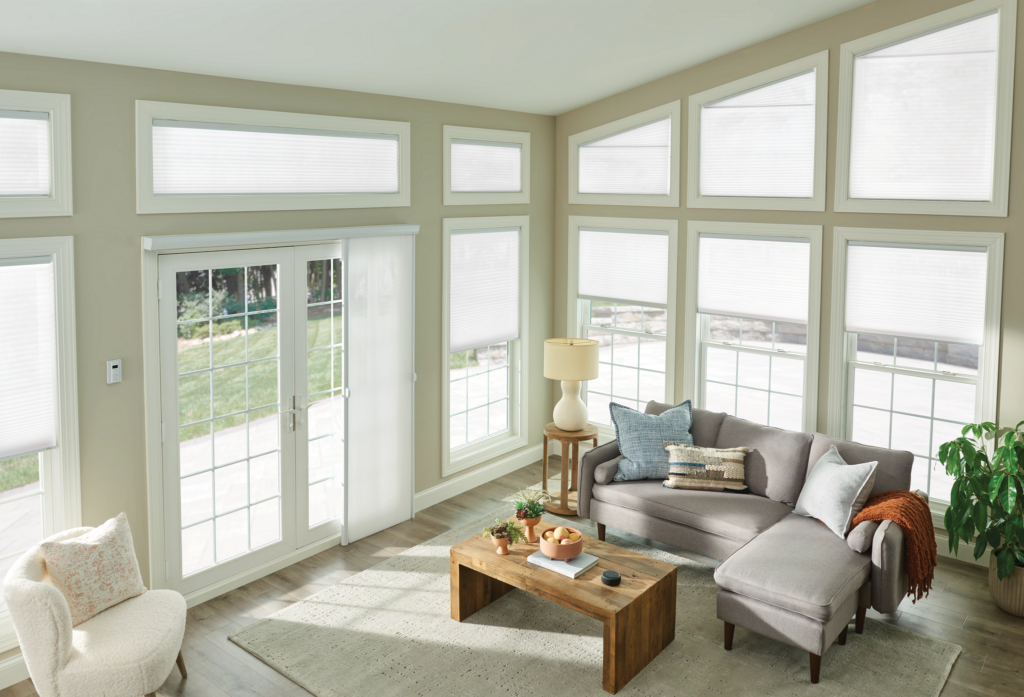
Think About Aesthetics
You don’t have to sacrifice aesthetics for functionality. Once you hone in on what your window coverings need to achieve for you to feel comfortable in your home, consider how you want them to look and feel. “I always like to ask homeowners if they want their window treatments to pop or if they want them to blend in,” says Nathan Manthei of Gotcha Covered. “Maybe they have some cool backsplash or accent wall, and they want to keep that the focus. Other times, they might want to highlight the view out the window, and they’re looking to add some texture, color, and interest with what they put on the windows.”
Window coverings can also be used to change the look of a space. Ceiling-height installations that bring the eye up and down create the illusion of higher ceilings. Layered neutrals, on the other hand, soften the appearance of hard-surface blinds and shutters. “Draperies literally transform a room,” says Elizabeth Cohen of Studio M Interiors. “Layering creates interest and dimension.”
Create a Cohesive Look
Remodeling projects are all about seamlessly blending old with new, and window coverings are no exception. A good rule of thumb to create a cohesive look is to match products across spaces that are simultaneously in your field of vision, says Kartschoke.
This could look like hanging matching curtains in multiple rooms or using the same fabric for drapery over a patio door and a valance over a kitchen window. “Sometimes creating a cohesive look doesn’t involve using the same exact product,” says Schroeder. “Color or texture are two things that can be used to create a unified look as well.ˑ
Don’t Forget the Hardware
A lot of focus is placed on material or fabric when choosing window coverings, but hardware can also add personality and cohesion. “Drapery hardware comes in varying metals, woods, and custom colors that can help with your overall aesthetic in a space,” says Shannon Scarrella of Hirshfield’s Décor Divisions.
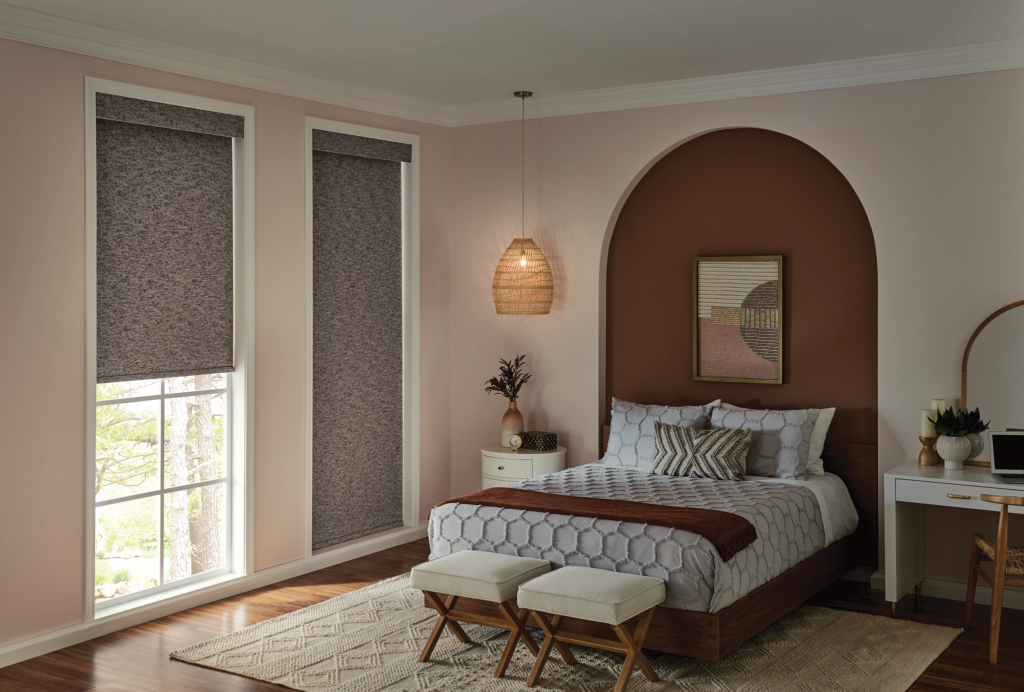
Work Smarter, Not Harder.
Smart home technology has expanded from lighting and thermostats to now include window coverings. “Brands have introduced Bluetooth technology into window treatments, so a push of a button on your phone can open, close, or move your window treatments,” says Scarrella. “We can set timers on our shades, just like we would with our interior lights, or we can ask Alexa to do it.”
Hire a Professional
The designers agree: The best advice is to seek professional help from a company that specializes in window coverings, which should be in your remodeler’s Rolodex. “There’s only so much expertise you can have in anything. If you’re a home automation specialist, window treatments might be something you do, but it’s not your focus,” says Manthei. “Window coverings are our focus. We can bring a lot to the table with this specific product.”
